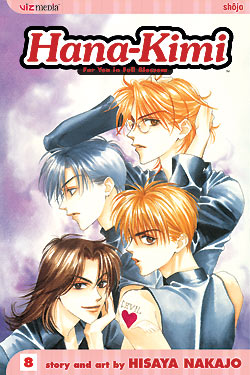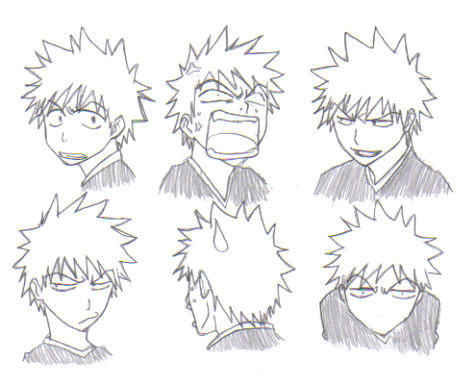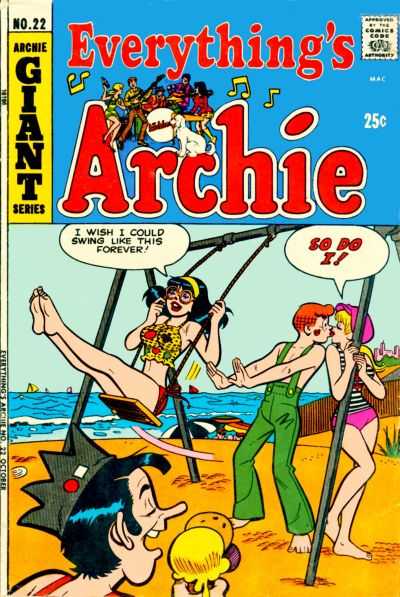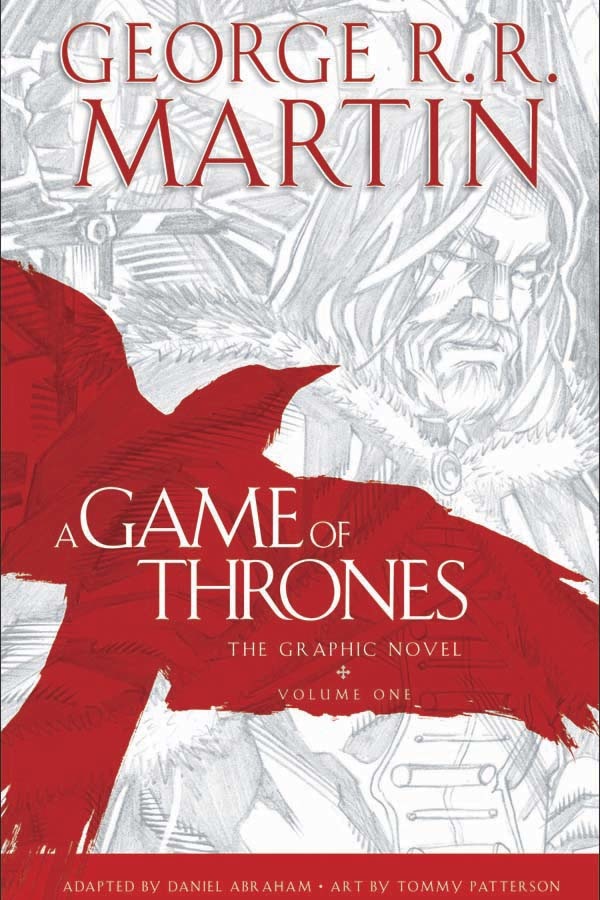Okay, so recently, I’ve been interested in the differences
between different types of graphic novels. This isn’t only because of a project
that I’m doing for a class in college—it’s something I’ve been interested in
for a while. For the sake of less confusion, I will be referring to the general
genre as “illustrated books” in order to keep my categories straight.
Throughout the course of my research on the subject, both
using outside sources and reading a great deal of graphic novels, I have
narrowed the playing field into three categories within the “illustrated book”
spectrum:
- Japanese Manga
- Comic Books
- Graphic Novels
While these are certainly not the only categories (Korean
Manhwa, and the new Superhero Story groups come to mind), but these are the
main groups in my opinion. Depending on the category, I have found you have to
employ different reading techniques in order to get the most out of the story
or plot.
Step 1: What Am I Reading?
The first thing you have to do when reading an “illustrated
book” is to figure out what exactly you are reading and looking at.
Japanese Manga
Manga are essentially Japanese comic books. They are read “backwards” (right to left as
opposed to left to right), and their plots are described in terms of “episodes”
rather than “chapters” like a novel without pictures. This is due to how the
original comic is published in Japan. While manga is sold in volume format here
in the United States, in Japan manga is first published in magazines that
include single episodes of many different comics. Only when a manga gets really
popular do the episodes get published into volumes. Because of the way manga is
published, each episode often has its own plot, so that readers can understand
most of what is going on without having to read every previous episode. Once a
manga is in volume form, the plot becomes more important.
Manga art is relatively easy to spot. In addition to being exclusively black and white, the characters traditionally have large eyes and small mouths. Not to mention the emotions they display are off the charts.
Comic Books
Similarly
to manga, comic books are published in terms of episodes rather than chapters.
As such, the overall series plot is not as important as the individual episode
plot. That isn’t to say the overall plot isn’t important though; telling the
plot in its entirely may just take 20 or 25 issues. Because comic books
originated from the strip comics we see in the newspaper, they are
traditionally sold as periodicals with magazine-style paper and staples (and
even have an ISSN number instead of the ISBN book identifier) and often include
advertisements to help cover the publishing cost. These advertisements can
sometimes take up to a quarter of the actual pages in a comic book. Also like
manga, many episodes of a comic book series can be brought together into a
novel form.
Unfortunately,
I have little to no experience in reading comic books. As such, most of the
rest of the post will be about choosing and reading manga and graphic novels.
Graphic Novels
Unlike
manga and comic books, graphic novels are not published in an episode format.
Graphic novels are just that—novels with graphics to help tell the story. The
plot is often more involved and needs to be told in a longer format (60-120
pages as opposed to the average 21-24 in a comic book) in order to cover the
plot entirely. Often the plot is too involved for the story to be split into
neat episodes like manga and comic books. Due to having an ISBN number, graphic
novels are more readily available in mainstream bookstores as well. Graphic
novels are also geared toward a more mature audience than comic books or manga,
though elements of all three categories can appeal to older audiences.
Step 2: Judge the Book by Its Cover
You know the old adage “Don’t judge a book by its cover”?
Throw it away; forget about it (at least in the literal sense—it’s still a
logical abstract adage for judging people most of the time).
Artwork
The next step in reading an “illustrated book” of any sort is
to judge it by its artwork. If you don’ t like the artwork, find something
different to read. The main point of an “illustrated book” is for the book
itself to supply the pictures for the plot. If you don’t like the way the art
is drawn or colored, put the book down. Trying to read an “illustrated book”
that doesn’t appeal aesthetically is like trying to fit into the wrong size of
clothes. It just doesn’t work, and if you force it, you are more uncomfortable
in the long run than is absolutely necessary. You may have to flip through the
book a few times as well, as some novels don’t have much to look at on the
cover.
In other words, if you don’t like gore, don’t read a gory “illustrated
book”. If you don’t like women being objectified, find a novel that doesn’t
grossly overemphasize the size of the women’s breasts. Find artwork you like to
prevent complaints later. Most of the time, no one wants to hear it, especially
when you were the one to continue reading anyway.
Blurb
While you look at the wonderful (or not so wonderful)
artwork, read the blurb on the back cover. Just like any other normal novel,
the publisher provides a nice little summary of the book to help you decide
whether or not the plot of the book will appeal to you. Just like the artwork,
if the blurb doesn’t appeal to you, put the book down and find something more
appealing. Life’s too short to read books that don’t appeal to you personally.
To go along with the blurb, figure out whether or not the
novel is part of a series of volumes. If it is, I suggest reading the first volume
first. This is especially true of graphic novels; manga is less dependent on
volume order, at least in the beginning of the series.
Adaptation
Okay, this is something usually on the cover that I have
found in my experience to give me some insight on whether or not to read an “illustrated
book” or not. Many “illustrated books” are original stories that do not have
actual written novels that go with them. Others are “adaptations.” Adaptations
can come in both graphic novel and manga form. If you find an “illustrated book”
that says “Art and Adaptation by” or “Adapted by” on the cover or inside the
front flap, my suggestion would be to find and read the original novel before
reading the graphic version. Much of the story is lost during the adaptation
process and plot devices are sometimes hard to understand without the
background knowledge a written novel provides.
Think of it as the difference between a book and its movie
adaptation—the movie is almost never as good as the original book. Steer clear
of adaptations unless you have already read the original.
Step 3: Read the Words
Trying to balance the text and the images is hard,
especially when just starting to read “illustrated books”. In the case of
graphic novels and manga, I always read the words on a page first. I’m a
word-oriented person, so my focus is always drawn to words first. In the case
of “illustrated books,” I derive most of my plot knowledge from what the
characters say and the general narration of the story (speech bubbles and text
boxes).
Graphic novels in particular aren't all that different from regular novels in terms of reading text. Yes, they have panels, but each panel can be read like a page by itself, reading the text from left-to-right and top-to-bottom.
Graphic novels in particular aren't all that different from regular novels in terms of reading text. Yes, they have panels, but each panel can be read like a page by itself, reading the text from left-to-right and top-to-bottom.
Keep in mind that manga are read right-to-left as opposed to
the left-to-right of graphic novels. Not only do the pages turn “backwards,” but the
text bubbles and pictures are read "backwards" as well.
Step 4: Look at the Pretty Pictures
After I read the text provided on each 2-page spread, I then
go back and look at the pictures provided to illustrate the plot. Over time and
about ten pages, I usually get the characters’ faces stuck in my mind so that
the pictures become less important as I read; I am able to keep the characters’
images in my head as I read the text, so I don’t need the images provided to me
as much. This step also gives my time to really study the images to see if I
missed anything while I was reading the text. Some 2-page spread have little to
no text, so study the pictures is a must to understand the whole plot.
Usually, during this step, I try to disregard the text for the moment and pretend it isn't even there.
Usually, during this step, I try to disregard the text for the moment and pretend it isn't even there.
Step 5: Reread
As time-consuming as it is, I usually read the text on each
2-page spread again after I study the images. This allows me to connect speech
bubbles with characters more readily and provide emotional nuance to speech
that may have been incorrect before I studied the characters’ faces.
Step 6: Continue Reading
Repeat steps 3-5 for the rest of the book. While reading an "illustrated book" may be difficult the first few times, practice does make perfect in this case. Continuing to read "illustrated books" in many formats is the only way to truly master reading them.
Unlike written novels, I find myself rereading “illustrated
books” more readily over time. This is probably due to my background as an
artist—if I read an “illustrated book” once, then the artwork was appealing
enough to me to read and look at it again.
If you are interested in learning more about “illustrated
books,” check out these websites and resources that I used to supplement my own
knowledge:

















No comments:
Post a Comment